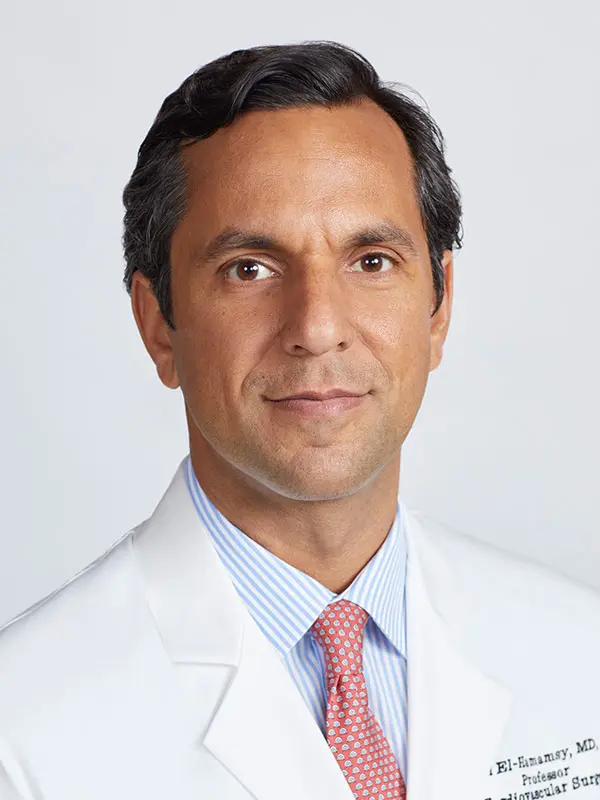For many people with Marfan syndrome, the signs are obvious: elongated limbs, crowded teeth, an abnormally curved spine, or severe myopia. But for others afflicted by this connective tissue disorder, these signs can be very subtle. And while the associated risks are equally ominous—aortic aneurysms or malignant ventricular arrhythmias—the likelihood of receiving timely diagnosis and life-saving prophylactic surgery is lower.
These advanced surgical procedures range from valve-sparing aortic root replacement, to open-heart cryoablation of potentially malignant ventricular tachycardia, to complex reconstruction of Barlow’s mitral valves, among others. The mission at Mount Sinai’s Reconstructive Valve Center is to provide patients and their families with a safe, comprehensive, and multidisciplinary approach to these complex issues.
“These are challenging procedures, especially when performed during the same surgery, unless the surgeons perform them often and are used to working as a team,” says Ismail El-Hamamsy, MD, PhD, the Randall B. Griepp, MD Professor of Cardiovascular Surgery at the Icahn School of Medicine at Mount Sinai, and Director of Aortic Surgery at the Mount Sinai Health System.
This multi-surgeon approach, in which some of the world’s top experts in valve reconstruction perform different aspects of a patient’s surgery, is unique. It requires careful collaboration and open communication, which, in turn, gives patients the best possible medical outcomes.
“When it comes to valve repair, specific expertise matters,” says David H. Adams, MD, the Marie-Josée and Henry R. Kravis Professor and Chair of Cardiovascular Surgery at Icahn Mount Sinai, and Cardiac Surgeon-in-Chief of the Mount Sinai Health System. “The difference between okay and excellent in cardiac surgery is often the difference between failure and success. That’s why we provide our patients with the specific expert care their condition dictates.”
David H. Adams, MD, and Ismail El-Hamamsy, MD, PhD, performed a valve-sparing aortic root replacement and a complex mitral valve repair using an annuloplasty ring.
When patients suffer acute aortic dissections or malignant ventricular arrhythmias, the probability of survival is much lower, even if paramedics can get them to the hospital. That is why all patients under the age of 60 who are seen at Mount Sinai’s Aortic Clinic are proactively evaluated for the possibility of a heritable aortic disorder—whether syndromic or familial—even in the absence of phenotypic features suggestive of a connective tissue disorder. The cardiovascular genetics team, led by Amy Kontorovich, MD, PhD, Associate Professor of Medicine (Cardiology), allows individualized treatment recommendations based on specific genetic mutations, which represents another step toward true precision medicine.
“The challenge of Marfan syndrome and other connective-tissue disorders such as Loeys-Dietz syndrome and familial aortopathiesis is that while patients may not appear all that different outwardly, the natural histories and therefore the thresholds for surgical intervention can vary significantly,” Dr. El-Hamamsy says.
Featured

David H. Adams, MD
Marie-Josée and Henry R. Kravis Chair of Cardiovascular Surgery, Icahn School of Medicine, and Cardiac Surgeon-in-Chief, Mount Sinai Health System

Ismail El-Hamamsy, MD, PhD
Randall B. Griepp Professor of Cardiovascular Surgery, Icahn School of Medicine, and Director of Aortic Surgery, Mount Sinai Health System